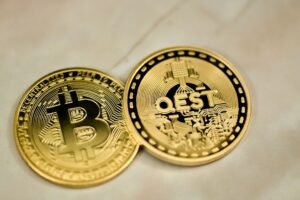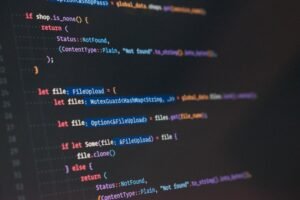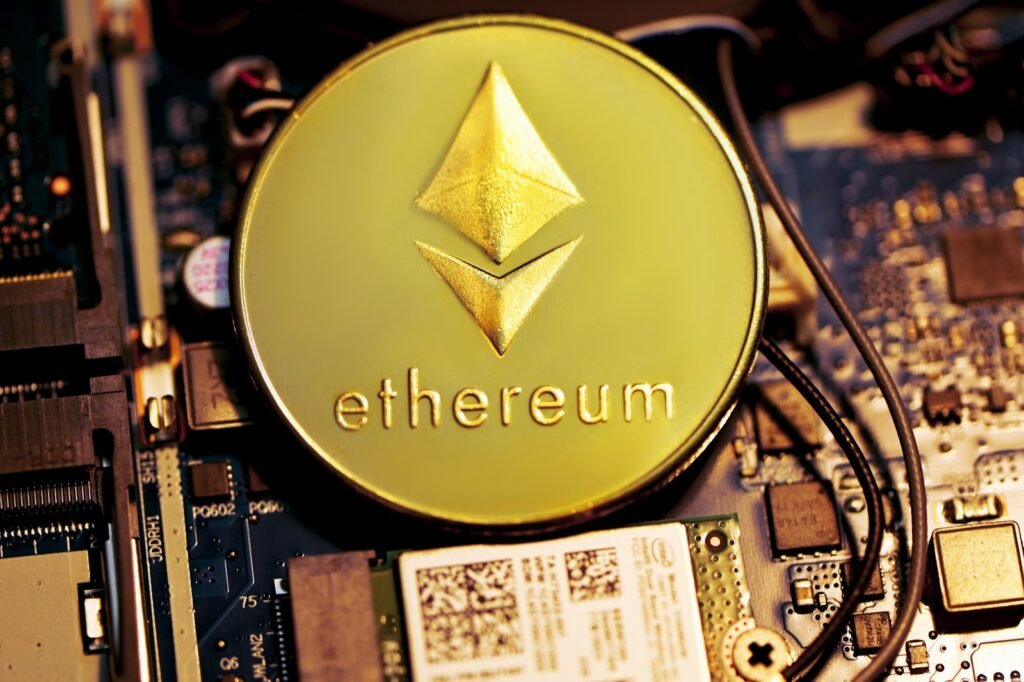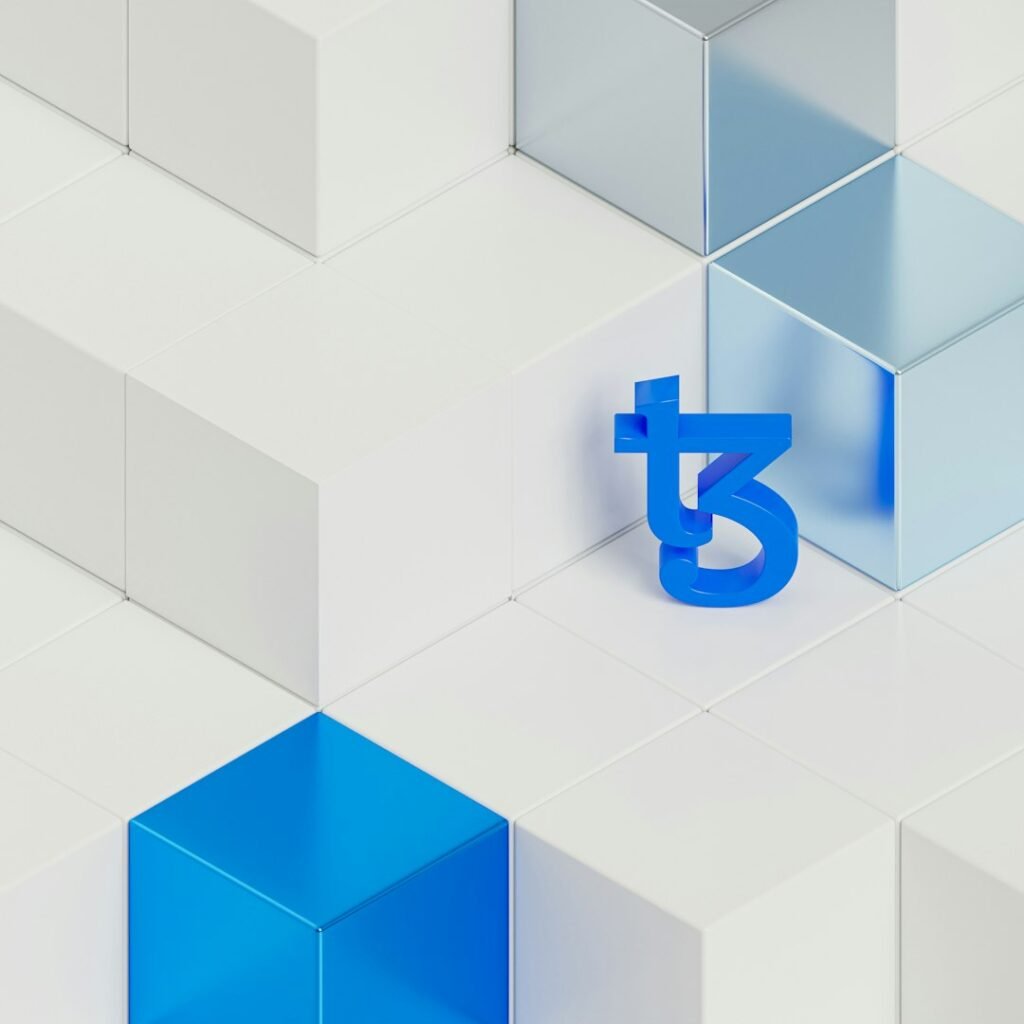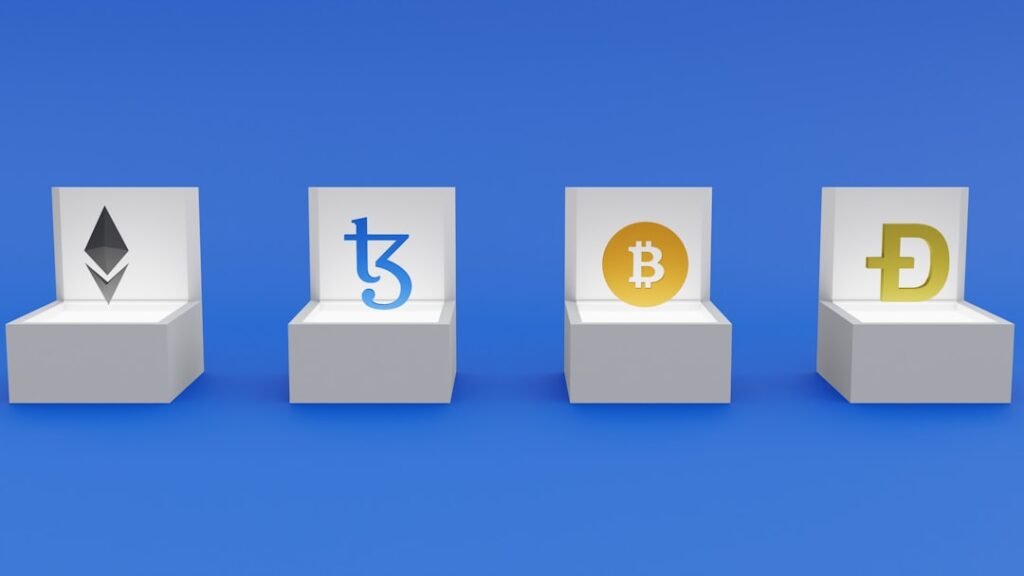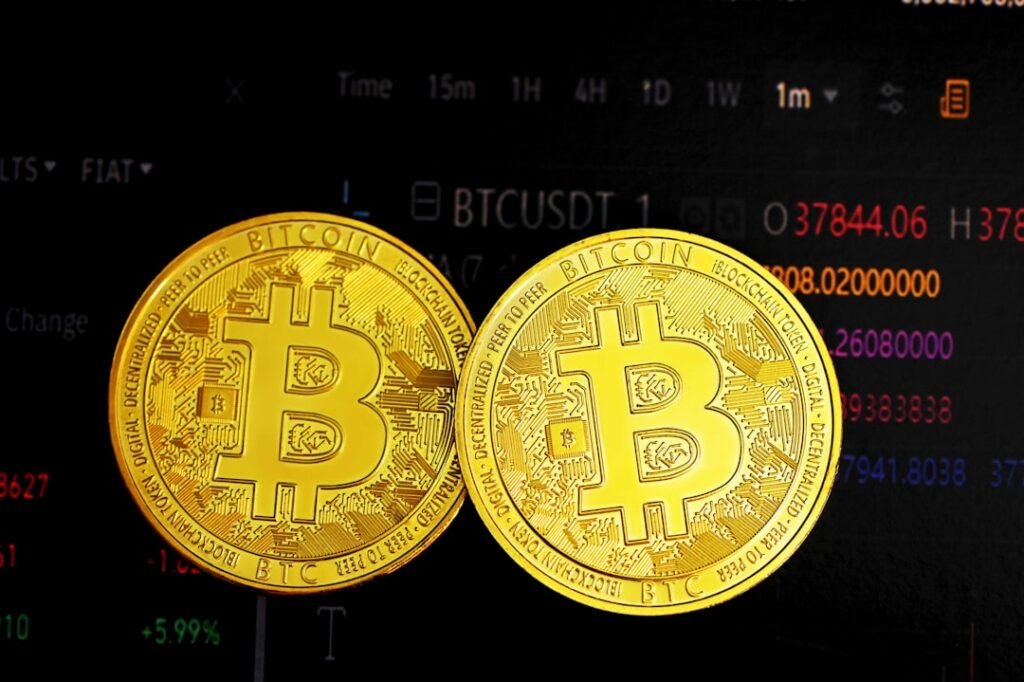Unlock the Blockchain's Secret Weapon: Why Token Standards Like ERC-20 & ERC-721 Are Your Explosive Entry Point
Imagine a world where anything digital can be securely owned, traded, and programmed – from loyalty points and in-game swords to unique digital art and real estate deeds. This isn't science fiction; it's the reality being built on blockchains like Ethereum. But how do these diverse digital assets work seamlessly together? The answer lies in token standards, the unsung heroes powering the blockchain revolution. Among them, ERC-20 그리고 ERC-721 stand as titans, fundamentally shaping how value is created and exchanged in the digital age. Understanding them isn't just technical jargon; it's your key to navigating the explosive potential of Web3.
What is ERC? The Engine Room of Ethereum Standards
Before diving into the tokens themselves, we need to understand the framework. Ethereum Request for Comments (ERC) is the system that drives standardization within the Ethereum ecosystem. Think of it as an open forum. Developers and community members submit proposals (ERCs) outlining potential new standards for various functions on the Ethereum network. These proposals undergo rigorous discussion, review, and refinement. Only after this process is a proposal accepted and elevated to an official standard. This meticulous approach ensures reliability and widespread adoption. The most transformative outcomes of this process? ERC-20 그리고 ERC-721.
Fungible vs. Non-Fungible: The Core Distinction
To grasp why ERC-20 and ERC-721 are so different and important, we must understand the concepts of fungibility 그리고 non-fungibility.
- Fungibility: Fungible items are identical and interchangeable. One unit is worth exactly the same as any other unit. Think of traditional currencies: one US dollar bill holds the same value and can be exchanged for any other US dollar bill. Commodities like gold (of the same purity) or shares of the same company stock are also fungible.
- Non-Fungibility: Non-fungible items are unique and cannot be exchanged on a like-for-like basis. Each item possesses distinct characteristics or value. A one-of-a-kind painting, a specific plot of land, a rare trading card, or a concert ticket for a specific seat and date are all non-fungible. Their value is tied to their individuality and specific attributes.
This fundamental distinction between interchangeable units and unique items is crucial in the digital realm. It dictates how tokens are designed, used, and valued.
ERC-20: The Indispensable Backbone of Fungible Digital Value
The rise of Ethereum brought immense potential for creating diverse digital assets. However, the early days were chaotic. Before ERC-20, developers created tokens on Ethereum, but each had its own unique set of rules and behaviors. This lack of uniformity created a significant problem: these tokens couldn't easily interact with each other, wallets struggled to support them all, and exchanges faced integration nightmares. This friction stifled innovation and adoption.
Enter ERC-20. Proposed in late 2015, this standard provided a much-needed common language. It established a core set of rules and functionalities that all compliant tokens must implement:
totalSupply: Defines the maximum number of tokens that will ever exist.balanceOf: Allows checking the token balance of any Ethereum address.transfer: Enables sending tokens from your address to another address.transferFrom&approve: Allows mechanisms for delegated spending (e.g., letting a decentralized exchange move tokens from your wallet with your permission).allowance: Checks how much one address is allowed to spend from another address.
By adhering to these mandatory functions, ERC-20 tokens guarantee interoperability. Any wallet, exchange, or decentralized application (dApp) built to support the ERC-20 standard can seamlessly interact with any ERC-20 token. This plug-and-play capability was revolutionary.
Fungibility is Key: ERC-20 tokens are inherently fungible. Just like dollars or Bitcoin, one ERC-20 token (e.g., one USDC stablecoin) is identical in value and function to any other token of the same type. This makes them perfect for representing:
- Currencies: Stablecoins (USDT, USDC, DAI), altcoins (early versions of many).
- 유틸리티 토큰: Access to services, governance rights in DAOs, in-game currencies.
- Tokenized Assets: Representations of commodities, loyalty points, or even traditional securities (security tokens).
ERC-20 vs. Ether (ETH): A Vital Distinction
It's crucial to understand that ERC-20 tokens are NOT the same as Ether (ETH), Ethereum's native cryptocurrency.
- 이더(ETH) is the "fuel" powering the Ethereum network itself. It's used to pay for transaction fees (gas) and computational resources. ETH is native to the Ethereum blockchain.
- ERC-20 tokens are built on top of the Ethereum blockchain using smart contracts. They leverage Ethereum's security and infrastructure but are created and managed by these smart contracts. They represent separate assets with their own value. Crucially, interacting with an ERC-20 token (sending, swapping) still requires spending ETH to pay for the underlying Ethereum network transaction fees.
The Explosive Impact of ERC-20
The standardization brought by ERC-20 was a catalyst for massive growth:
- The ICO Boom (2017): ERC-20 became the go-to standard for Initial Coin Offerings. Startups could easily create and distribute their own tokens to raise capital, fueling an explosion of new projects (and unfortunately, some scams).
- DeFi Revolution: The entire Decentralized Finance (DeFi) ecosystem relies heavily on ERC-20 tokens. Stablecoins provide liquidity, governance tokens enable decentralized control, and utility tokens power lending, borrowing, and trading protocols like Uniswap and Aave. Without standardized, fungible tokens, DeFi's composability (the ability for protocols to seamlessly interact) would be impossible.
- Mass Adoption: The simplicity and universality of ERC-20 made it easier for exchanges to list tokens and for users to manage diverse assets in a single wallet like MetaMask.
In essence, ERC-20 provided the foundational plumbing that allowed the Ethereum ecosystem to scale and innovate at an unprecedented pace. It remains the workhorse standard for representing interchangeable value.
ERC-721: Unleashing the Power of Digital Uniqueness (NFTs)
While ERC-20 solved the problem of fungible assets, the blockchain needed a way to represent uniqueness. Enter ERC-721, introduced in early 2018. This standard pioneered the era of Non-Fungible Tokens (NFTs).
The core principle of ERC-721 is non-fungibility. Each ERC-721 token is:
- Unique: It has distinct properties and a unique identifier (Token ID). No two ERC-721 tokens are exactly alike.
- Indivisible: You cannot send a fraction of an ERC-721 token; it exists as a whole unit.
- Verifiably Owned: It represents provable ownership of a specific digital (or digitally linked) asset on the blockchain.
How it Works: ERC-721 smart contracts implement similar core functions to ERC-20 (balanceOf, transfer, ownerOf), but crucially, they track the ownership of individual token IDs. Each token ID points to metadata (often stored off-chain via services like IPFS) that describes the unique attributes of the asset it represents.
The Applications Are Limitless:
- Digital Art & Collectibles: This is the most famous use case. ERC-721 allows artists to mint unique digital artworks (like Beeple's $69 million piece) or collections (like CryptoPunks or Bored Ape Yacht Club), providing verifiable provenance and ownership in a digital world where copying is trivial.
- Gaming: Truly own your in-game assets! Unique weapons, skins, characters, or virtual land plots within blockchain games can be represented as ERC-721 tokens, allowing players to trade or sell them freely outside the game's original ecosystem.
- Real-World Asset Tokenization: While more complex, ERC-721 can represent ownership of unique physical assets – real estate deeds, rare physical art, vintage cars – providing a transparent and potentially more efficient ownership record.
- Identity & Credentials: Potentially representing unique digital identities, certifications, or memberships.
- Event Tickets: Creating verifiable, non-counterfeitable, and potentially resellable tickets.
Challenges & Considerations:
While revolutionary, ERC-721 also introduced new complexities:
- Transaction Costs: Interacting with unique assets often involves more complex smart contract interactions, potentially leading to higher gas fees compared to simple ERC-20 transfers, especially during network congestion.
- Metadata Management: Ensuring the permanence and accessibility of the metadata (the description of what the token represents) is critical. Solutions like decentralized storage (IPFS, Arweave) are commonly used.
- Liquidity: Unique assets are inherently less liquid than fungible ones; finding a buyer for a specific NFT at a desired price can take time.
Despite these challenges, ERC-721 unlocked a paradigm shift, proving that blockchain's value extends far beyond simple currency exchange into the realm of verifiable digital scarcity and ownership.
ERC-20 vs. ERC-721: Choosing the Right Tool
The choice between ERC-20 and ERC-721 boils down to the nature of the asset you want to represent:
- Use ERC-20 if: You need identical, interchangeable units. Examples: a stablecoin, a governance token where each token equals one vote, a universal in-game currency.
- Use ERC-721 if: You need to represent unique, one-of-a-kind items. Examples: a specific digital artwork, a rare collectible, a unique piece of virtual land, a specific event ticket.
The Future: Beyond the Titans
The evolution of token standards doesn't stop with ERC-20 and ERC-721. Standards like ERC-1155 have emerged, offering a "multi-token" standard that allows a single smart contract to manage 둘 다 fungible and non-fungible tokens. This is incredibly efficient for applications like complex games needing currencies (fungible) and unique items (non-fungible).
Furthermore, the concepts pioneered by Ethereum's ERC standards are influencing other blockchains, leading to similar standards (like BEP-20 on Binance Smart Chain, though technically distinct) and fostering cross-chain interoperability solutions.
Why Token Standards Are Your Explosive Advantage
Understanding ERC-20 and ERC-721 is fundamental because:
- They Enable Innovation: Without these standards, the DeFi boom, the NFT explosion, and the vast ecosystem of dApps simply wouldn't exist in their current form. They provide the foundational rules.
- They Guarantee Interoperability: Your tokens work in your wallet, on exchanges, and within dApps because everyone agrees on the standard. This creates network effects and liquidity.
- They Build Trust & Security: Widely adopted standards undergo intense scrutiny, making them more secure and reliable than bespoke solutions. You know how they should behave.
- They Democratize Access: Standardization lowers the barrier to entry for developers to create new tokens and applications, and for users to interact with them confidently.
- They Define Digital Ownership: ERC-721, in particular, has redefined what it means to "own" something digital, creating entirely new markets and economies.
Conclusion: The Foundation of the Digital Asset Revolution
ERC-20 and ERC-721 are far more than just technical specifications; they are the blueprints for a new digital economy. ERC-20 provides the essential framework for representing and exchanging fungible value at scale, powering everything from global stablecoins to complex DeFi ecosystems. ERC-721 shattered the mold, introducing verifiable digital uniqueness and scarcity, giving birth to the multi-billion dollar NFT market and redefining digital ownership.
As blockchain technology continues its relentless march forward, these foundational standards will remain critical. New standards will emerge to address evolving needs – like improved efficiency (ERC-1155), enhanced security models, or better regulatory compliance – but the core principles of interoperability, security, and standardized functionality established by ERC-20 and ERC-721 will endure. They are the bedrock upon which the explosive future of digital assets is being built. Understanding them is not optional for anyone serious about participating in the Web3 revolution; it's the essential first step. The key to unlocking this future is in your hands – it starts with grasping the power of the token standard.

